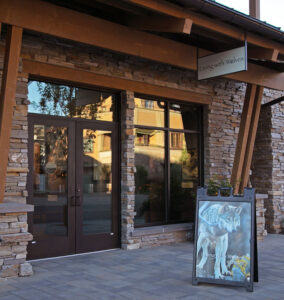BODY LANGUAGE
Body Language cont’d from The Language of Wolves.
In a wolf pack, order is regularly reinforced by displays of dominance and submission through a complex mix of vocal and physical communications. Wolves employ a variety of non-vocal forms of communication to express and maintain their status, relying on their posture, facial expression, ear and tail positioning, and more to communicate their intention. Body language can also be accompanied and reinforced by vocalizations.
Many dominance and submission displays are not violent or aggressive, as the subordinate wolf will quickly adopt a submissive posture. Often, subtle messages, like an authoritative stare from a dominant wolf and, in response, an averted glance by a subordinate wolf, are enough to keep individual status understood. Alternately, especially if willingness to submit isn’t demonstrated, assertive aggression may ensue. Mistakenly, people too often interpret assertive dominance display language as being malicious and excessively cruel, but in reality, it is simply one of many ways wolves communicate and it generally does not result in any significant physical harm.
A wolf’s posture, when interacting with fellow pack members, says a lot about its status in the pack. Subordinates crouch, trying to appear as small as possible and often lick the dominant wolf’s muzzle like a puppy, while alphas are readily identifiable as they broadcast confidence with their tall posture, stiff-legged gaits and tails sticking out and slightly raised.
Wolves frequently use ear and tail positioning, as well as facial expressions, to communicate. For example, ears flat back, close to the head with the tail tucked between the legs, accompanied by a slinking, slumping body posture, communicates submission. Ears perked up or forward with the tail straight out and slightly up indicates dominance. Ears sticking straight up or low and out to the side, teeth bared and a wrinkled snout, clearly communicates a very cross and threatening message.
Sometimes the lips will slightly curl, revealing just a few teeth as an initial warning, which is often all that is needed to send a clear message. And a reciprocating lick to the nose by the submissive wolf may help diffuse tension and avoid escalation.
When seeking to play with a fellow pack mate, a wolf will often stretch their front legs out and raise their hind quarters in the air in what is called a play bow. Play can include a game of chase. Or it can involve jaw sparring, from high-energy duels where two wolves will rear up on their hind legs and engage their front legs and jaws, to casual jaw sparring even while lying and rolling on the ground. A range of whining, groaning, and growling vocalizations usually accompanies jaw sparring. All of this fortifies bonds and status and hones physical skills.
Most commonly, wolves are relaxed. Their ears may also be off to the side, but a relaxed body and a neutral or wagging tail communicate a calm disposition. Not surprisingly, much of these same complex communication skills can also be observed in your family companion, the dog.

